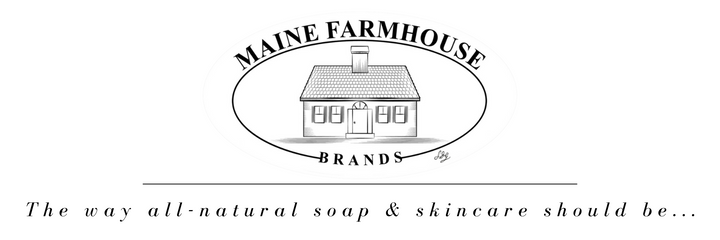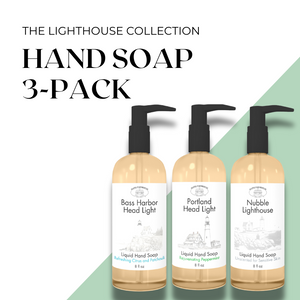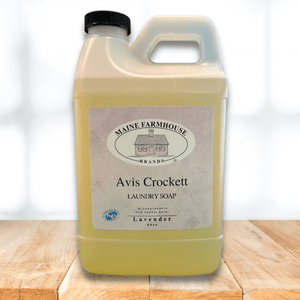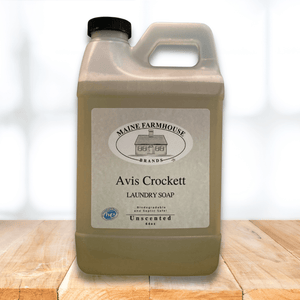Nov 26, 2024
FDA Modernizes the Cosmetic Act
An In-Depth Analysis of MoCRA and Its Impact
Introduction
The Modernization of Cosmetics Regulation Act of 2022 (MoCRA) is the most significant update to the Federal Food, Drug, and Cosmetic Act (FDCA) since its inception in 1938. These long-overdue changes aim to address safety and transparency gaps in the U.S. cosmetics industry. MoCRA mandates greater accountability from manufacturers, introduces stricter safety standards, and provides the FDA with new enforcement powers.
“The passage of MoCRA signifies a monumental shift in how cosmetics are regulated in the U.S., finally catching up with international standards that prioritize consumer safety.”—Consumer Watchdog Alliance
History of the Federal Food, Drug, and Cosmetic Act
The FDCA was introduced in 1938 following public outcry over unsafe consumer products, including the tragic "Elixir Sulfanilamide" scandal, which caused over 100 deaths. While the Act significantly improved oversight of food and drugs, cosmetics were largely overlooked. Over the decades, limited regulations and enforcement capabilities led to several high-profile cases of unsafe cosmetics making headlines.
Calls for reform gained traction in the 2010s, fueled by increased consumer awareness of toxic ingredients in personal care products. Advocacy groups lobbied for a modern regulatory framework to address these concerns.
Key Provisions of MoCRA
MoCRA introduces several new regulatory requirements that bring the U.S. closer to global standards:
- Mandatory Facility Registration: All domestic and foreign manufacturers must register facilities with the FDA and renew every two years.
- Product and Ingredient Listing: Detailed information about products and their ingredients must be submitted annually to the FDA.
- Adverse Event Reporting: Serious adverse events, such as hospitalizations or deaths, must be reported within 15 days.
- Good Manufacturing Practices (GMPs): The FDA will establish enforceable GMPs for cosmetics for the first time.
- Mandatory Recalls: The FDA now has the authority to recall unsafe products directly.
- Fragrance Disclosure: While not as comprehensive as in the EU, MoCRA requires increased transparency regarding allergens in fragrance formulations.
Challenges for Manufacturers
MoCRA presents significant hurdles for cosmetics manufacturers, particularly smaller businesses:
1. Increased Compliance Costs
From facility registrations to third-party safety testing, manufacturers must allocate substantial resources to comply with the new regulations. Small and mid-sized brands, which often operate on tighter margins, may face financial strain.
2. Supply Chain Overhauls
Many manufacturers rely on global supply chains, where ingredient sourcing practices vary widely. Ensuring compliance with GMPs and other FDA standards may require re-evaluating suppliers, renegotiating contracts, or investing in new quality control measures.
3. Reduced Speed to Market
Compliance with safety substantiation and registration requirements may slow product development cycles, delaying the launch of new products and innovations.
“Smaller companies will likely need to seek partnerships or join cooperatives to share the burden of regulatory compliance.”—Industry Insider Report
Opportunities in a Regulated Market
Despite the challenges, MoCRA offers benefits for compliant brands:
- Increased Consumer Trust: Products labeled as FDA-compliant may command higher consumer confidence and loyalty.
- Global Market Access: Meeting MoCRA’s standards can simplify compliance with international regulations, making it easier to expand into markets like the EU and Canada.
- Improved Industry Reputation: Stricter regulations can help the industry shed its reputation as under-regulated and unsafe.
Impact on Consumers
1. Safer Products
Consumers will benefit from stricter safety protocols and faster removal of harmful products from the market. Adverse event reporting ensures quicker identification of potentially dangerous items.
2. Clearer Labels
Ingredient transparency requirements empower consumers to make informed choices. Increased disclosure of allergens, including those in fragrances, is a step forward in addressing public health concerns.
3. Potential Drawbacks
While the changes are largely beneficial, consumers may face higher prices as manufacturers pass compliance costs down the supply chain. Additionally, smaller or niche brands may disappear, limiting diversity in product offerings.
Comparison to Global Regulations
Internationally, the EU Cosmetics Regulation has long set the benchmark for safety and transparency. The EU bans over 1,300 substances, far more than the U.S. under MoCRA. Canada and Japan also impose stricter pre-market safety evaluations.
MoCRA’s focus on post-market oversight aligns more closely with systems in Australia and South Korea, which emphasize adverse event reporting and manufacturer accountability.
Conclusion
The Modernization of Cosmetics Regulation Act represents a turning point for the U.S. cosmetics industry. By introducing rigorous safety and transparency standards, it brings the U.S. closer to global best practices. While challenges remain, especially for smaller manufacturers, the long-term benefits for consumers and the industry as a whole cannot be overstated.
“MoCRA is the most significant step forward in cosmetic safety regulation in decades. It protects consumers while fostering trust and innovation in the industry.”—FDA Press Release







